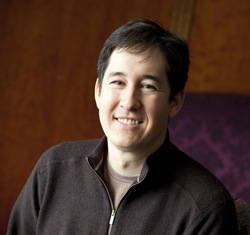Governance Models and Disruption in Higher Education
+ Kari Kohn
According to Shailendra R. Mehta, the United States owes its current dominance in higher education to an innovation in governance that put alumni in control of universities:
The model dates back to 1865 when the Massachusetts General Court placed Harvard University in the hands of alumni rather than the state—it had been a public institution since 1636. Other universities took note of the new governance model and began to copy the structure.
It will be interesting to see how alumni-run universities hold up in the rankings as the accessibility of higher education expands through online course offerings and the many start-ups beginning to compete in this space. In The Washington Monthly‘s recent article, The Seige of Academe, Kevin Carey writes:

